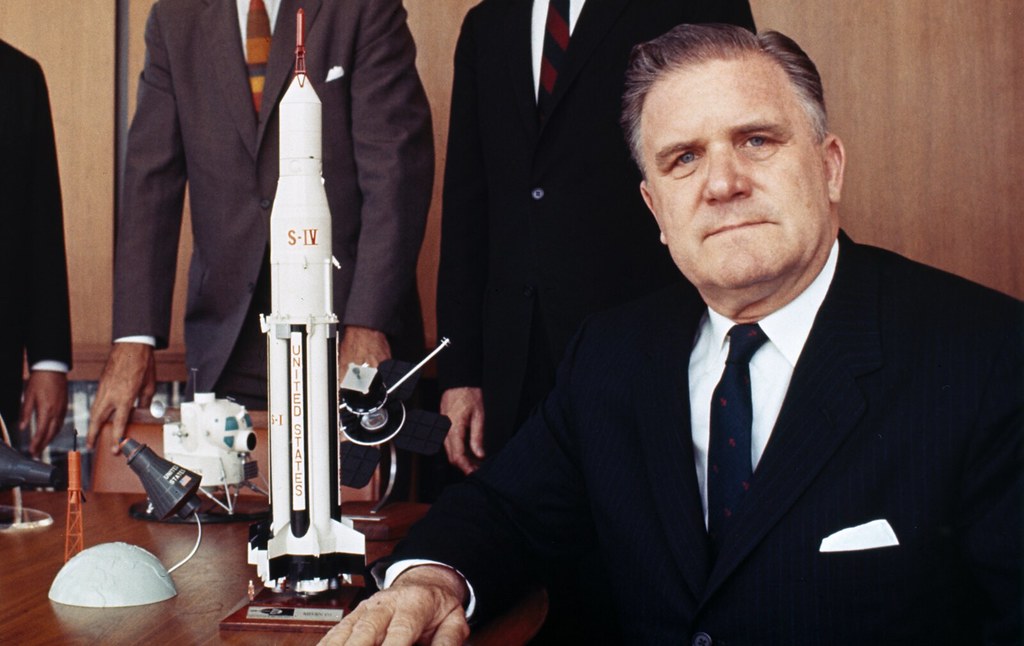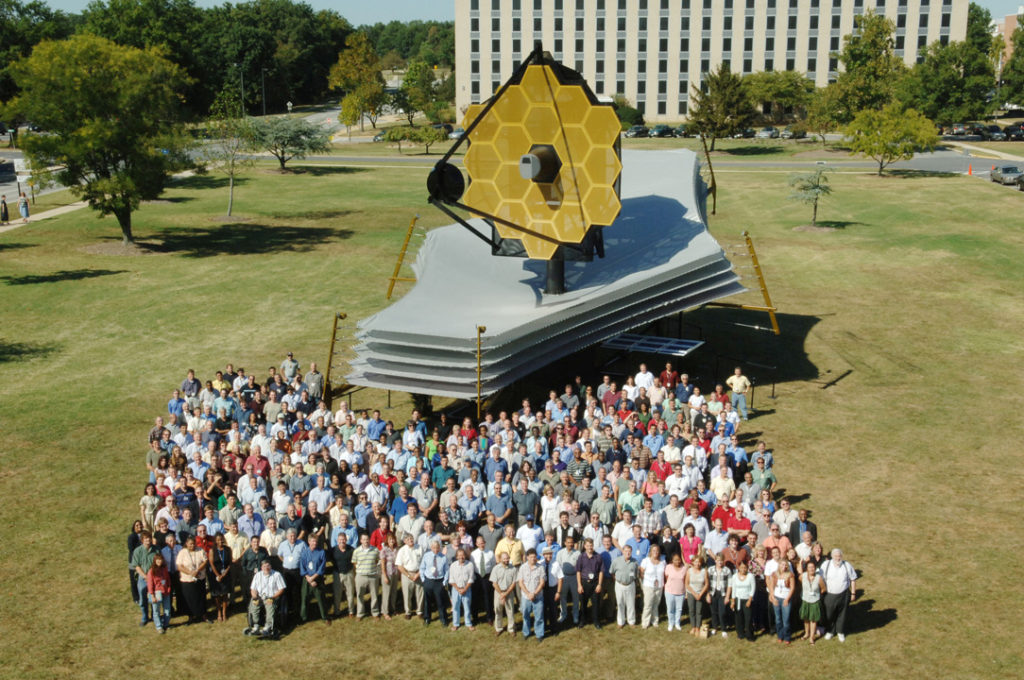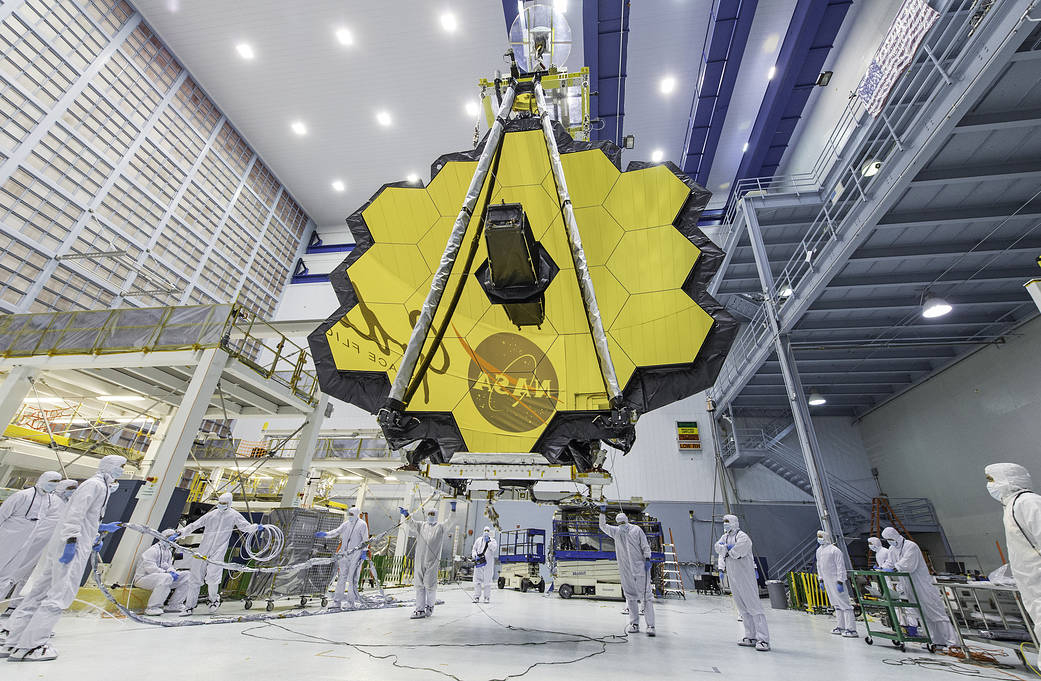Long Way From Home: James Webb Space Telescope
Who is James Webb?
Why did NASA name the space telescope of one of their members? Well to answer that, James Webb or his full name James Edwin Webb was a government officer who was appointed as the administrator of NASA during the year 1960s by the President John F Kennedy.
During the year 1961 to 1968, James Webb took command of the newly created space agency which later be known throughout the world for its famous achievements, especially during Webb’s time in handling major responsibilities such as the Apollo space program.
A brief summary of his life, James Webb born in Tally Ho the state of North Carolina in the year 1902 where he obtained his Bachelor of Arts in Education. After graduated, he enlisted himself in the United States Marine Corps which he was a pilot for two years before taking leave and took up law at the George Washington University Law School where he completed his studies in the year 1936.

His time at NASA as the administrator was influential as to the involvement of the Mercury and Gemini both Apollo space programmes. Sadly, he departs from this life in 1992 at the age of 85 years old but James Webb left a long and strong legacy serving his time in NASA.
In 2002, the space telescope project was in commence and to honor by naming it James Webb Space Telescope has been brought upon in the early planning stages.
What is James Webb Space Telescope mission?
The space telescope is an invention that is built in collaboration with NASA, the European Space Agency (ESA) and the Canadian Space Agency (CSA). All by the bright minds of the hard work of man and woman who dedicated themselves to achieving the project and mission goals.
These include:
- Study on the first light in the Universe and the celestial objects which formed shortly after the Big Bang.
- Explore how galaxies created and evolved.
- Conduct research on the atmospheres of distant exoplanets.
- Capture images of planets in our own solar system.
- Locate evidence of dark matter.
The James Webb Space Telescope is predicted to be functional five years after the launch date but given the short time NASA hopes that the huge space observatory will push its extended life another 5 years that originated.
With the most advanced technologies like the infra-red telescope, this device will allow the James Webb Space Telescope to study and capture objects across light-years away where no human can achieve by themselves. Using its infra-red telescope, the massive space telescope will be collecting data from 13.6 billion years ago just years after the Big Bang. This will be the most data collected and the biggest achievement ever recorded in human history. This is the furthest back in time ever observed by humanity.
As mention before, though NASA hope for it to be in space forever but the lifespan of the James Webb Space Telescope can only last so long in orbit with the amount of fuel to maintain it flight in orbit and as well as the devices on board to keep it functioning. Though it is solar powered as well but it can’t be maintained by that alone in space.
How big is the James Webb Space Telescope?
Compared to the Hubble Space Telescope, this massive device is the largest space observatory ever built. It is a huge sunshield base that is measured a massive 22m by 12m which is almost the same size as a tennis court. Incredible feat of engineering and design to have a telescope that massive launch into space.
Although nearly twice as big as Hubble about 13 meters long, the James Webb Space Telescope is almost half the weight at 6,500kg with accessories like gold-plated mirrors that have a total diameter of 6.5m, much larger than Hubble’s 2.4m diameter plate. Overall, the James Webb Space Telescope is said to be 15 times wider than the Hubble.

Where is it now?
On 24th January 2022, at 2 p.m. eastern time, the space telescope ignited its onboard thrusters for nearly five minutes to complete final postlaunch course correction for James Webb Space Telescope trajectory. This mid-course correction burns allowed the space telescope to position itself toward its final orbit around the second Sun-Earth Lagrange point, or L2, nearly 1 million miles away from the Earth which is about 1,609,344km.
The final mid-course burn added only about 3.6 miles per hour which is equal to a normal walking speed of a person on a casual day. For the space telescope orbiting in space, the speed is all that is needed for it to propel it into orbit around the L2 point.
“Webb, welcome home!” mention by the current NASA Administrator Bill Nelson. “Congratulations to the team for all of their hard work ensuring Webb’s safe arrival at L2 today. We’re one step closer to uncovering the mysteries of the universe. And I can’t wait to see Webb’s first new views of the universe this summer!”
As it stands now, we are just going to have to wait until summer for some of the first images that will be captured from the James Webb Space Telescope, it’s still long ways away but it will likely be worth the wait.
Visit their website https://www.jwst.nasa.gov to learn more about it and what is the next step for the James Webb Space Telescope.
*Cover photo credit: Chris Gunn on NASA.gov
Aneal Ganesh | American Degree in Science Communication (minor Promotion), Segi College Subang Jaya








